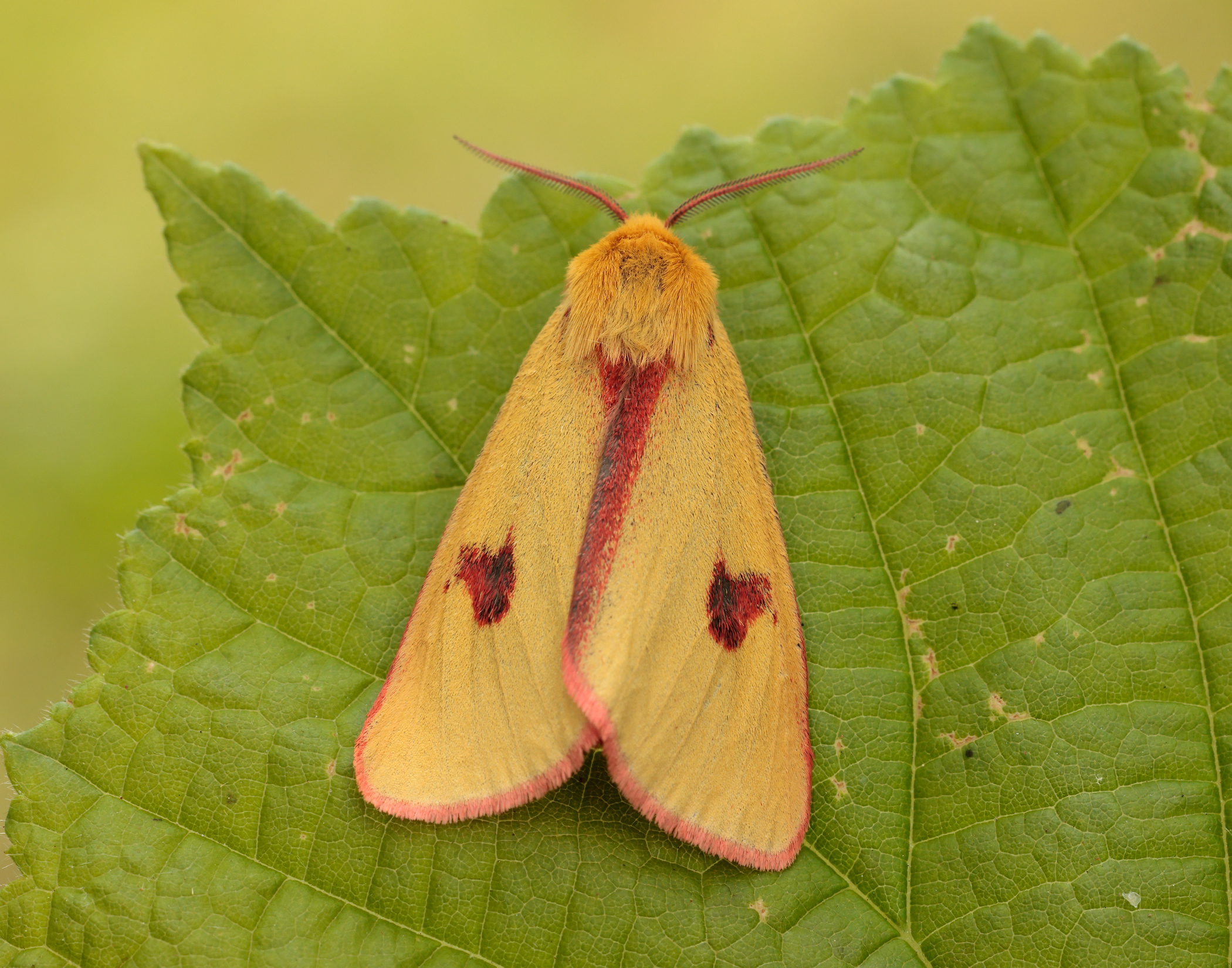Clouded Buff - Iain H Leach
A new study led by Butterfly Conservation scientists, in collaboration with Rothamsted Research, has revealed complex patterns of change among Britain’s larger moths. This new research builds upon the creation, last year, of a ‘traits’ database that draws together the wealth of information about the life cycles and ecology of our butterflies and larger moths. Both achievements spring from Butterfly Conservation’s new strategy, which recognises the crucial role that scientific research plays in underpinning our conservation work.
The study relates the characteristics of moth species contained in the traits database to long-term abundance and distribution trends calculated from the Rothamsted Insect Survey and National Moth Recording Scheme, respectively. These huge datasets mean that the resulting population trends are the most robust ever produced for moths, allowing us to look at associations with species characteristics, such as forewing length, habitats used or overwintering stage, in a more comprehensive way than has ever been possible before.
Our analyses revealed some surprises. Woodland moths tend to be faring well, whereas moths associated with moorland show stronger declines than those breeding in other habitats. Further research is needed to determine why moorland moths are declining. There are several possible factors at work including the increasing frequency of moorland burning and the impacts of nitrogen pollution on plant communities. Clouded Buff and Grey Mountain Carpet are two examples of moorland species that are declining strongly in distribution. Woodland moths, conversely, may be responding positively to an overall increase in woodland cover in the UK in recent decades. Among the woodland moths increasing rapidly are Black Arches, Red-green Carpet and Maiden’s Blush. Climate change is also likely to be factor for both groups of species, threatening moths adapted to colder conditions in upland areas but enabling some southern species to spread further north.
Moths with caterpillars that feed on lichens and algae also tend to be faring well, a finding consistent with previous studies. It is likely that lichen-feeding species, such as the various footman moths, Marbled Green and Brussels Lace, have benefitted from the recovery of lichens due to the Clean Air Acts. Species that uses grasses as caterpillar foodplants have increased on average, while those using wildflowers have tended to decline.
Another finding of the study was that generalist moths with a flexible life history – those that have a wide range of foodplants and more than one generation per year – are faring better than more specialised species – those that have just one or a few foodplants and only one generation per year. The numerous and wide-ranging human impacts on the environment, such as habitat loss and degradation, pollution and climate change are likely to favour generalists, like the increasing Vine’s Rustic, rather than specialists, such as the declining Bilberry Pug.
However, there were also many conflicting results, where a trait was significantly correlated with abundance trends but not with distribution trends or vice versa. Reviewing previous similar studies of moths from across Europe shows that such inconsistencies are common, leading us to conclude that traits-based approaches have limited value in predicting population declines for less well studied species groups and regions.
Our study would not have been possible without the dedicated efforts of the moth recording community. The 24 million records included in the analysis from the National Moth Recording Scheme and the long-term population trends from the Rothamsted Insect Survey are testament to the importance of moth recording.
George Tordoff, Senior Ecologist & Emily Dennis, Senior Ecological Statistician
Read the new paper in full text (available for online viewing only)
Photo credit: Clouded Buff - Iain H Leach


